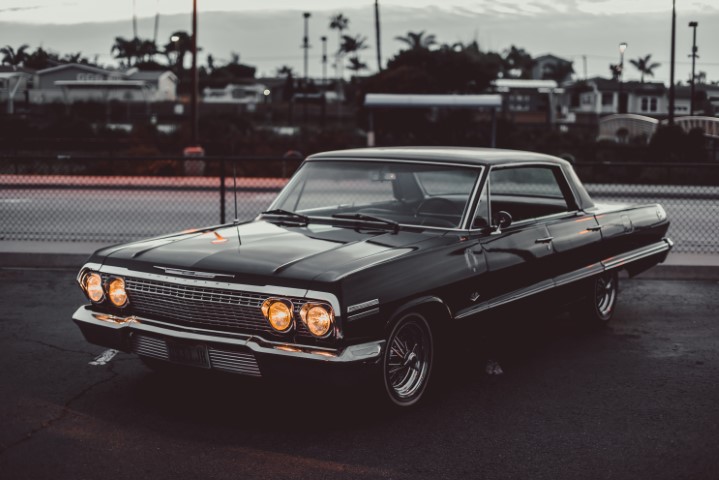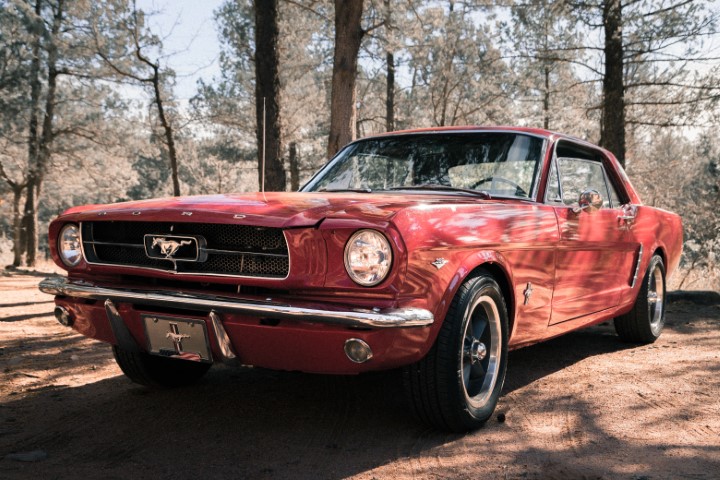 Buying a vintage car can be a thrilling experience, but it can also be a daunting task, especially for beginners. Vintage cars have a unique charm and character that newer cars simply cannot match, and they can also be great investments if you choose wisely. However, buying a vintage car requires a certain level of knowledge and preparation to avoid getting ripped off or ending up with a car that requires more work than it’s worth. In this article, we will provide some steps for beginners to help guide you through the process of buying a vintage car.
Buying a vintage car can be a thrilling experience, but it can also be a daunting task, especially for beginners. Vintage cars have a unique charm and character that newer cars simply cannot match, and they can also be great investments if you choose wisely. However, buying a vintage car requires a certain level of knowledge and preparation to avoid getting ripped off or ending up with a car that requires more work than it’s worth. In this article, we will provide some steps for beginners to help guide you through the process of buying a vintage car.
- Research and Education
Before you start shopping for a car, you need to do your research and get educated about the different models, makes, and years of vintage cars. Learn about the specific models that interest you and their specifications, features, and common problems. Reading books and magazines, attending car shows and auctions, and joining car clubs can be great ways to learn more about vintage cars and connect with other enthusiasts.
- Set a Budget
Setting a budget is an essential step in buying a vintage car. Consider how much money you are willing to spend on the purchase, as well as any additional expenses such as repairs, maintenance, and insurance. Be realistic about your budget and be prepared to negotiate the price with the seller.
- Decide on the Type of Car
Once you have a budget in mind, it’s time to decide on the type of car you want. Vintage cars come in a variety of styles, from sporty convertibles to classic sedans. Consider your needs and preferences, as well as the availability of spare parts and mechanics in your area. It’s also important to think about the purpose of the car, such as leisurely drives or participation in vintage car shows.
- Search for the Right Car
Finding the right car can take time and effort. Attend car shows and auctions, browse online classifieds, and check with car dealerships to see what’s available. Don’t be afraid to ask questions and request more information from the seller, such as the car’s history, maintenance records, and any repairs or upgrades that have been made.
- Inspect the Car
Before making a purchase, it’s important to inspect the car thoroughly. Check the body and frame for signs of rust or damage, inspect the engine and transmission, and test drive the car to see how it handles. It’s also a good idea to have a professional mechanic inspect the car to identify any potential issues or hidden problems.
- Negotiate the Price
Once you have found the right car and inspected it thoroughly, it’s time to negotiate the price with the seller. Be prepared to haggle and don’t be afraid to walk away if the seller is not willing to meet your budget. Remember to factor in any repairs or upgrades that may be necessary when negotiating the price.
- Register and Insure the Car
After purchasing the vintage car, it’s important to register it with the local Department of Motor Vehicles (DMV) and obtain proper vintage car insurance coverage. Be prepared to provide proof of ownership, purchase price, and any other relevant information required by the DMV.
- Enjoy Your Vintage Car
Finally, it’s time to enjoy your vintage car! Take it out for a spin, attend car shows and events, and connect with other enthusiasts. Remember to take care of your car by performing regular maintenance and repairs, and keep it in pristine condition for years to come.
Summary
In conclusion, buying a vintage car can be a rewarding experience if you take the time to research, set a budget, and follow the steps outlined in this article. By educating yourself about vintage cars, searching for the right car, inspecting it thoroughly, negotiating the price, and registering and insuring the car, you can avoid common pitfalls and enjoy your new vintage ride. Remember, owning a car is a commitment and requires regular maintenance and care, but the reward is the joy of driving a classic car with character and style.










